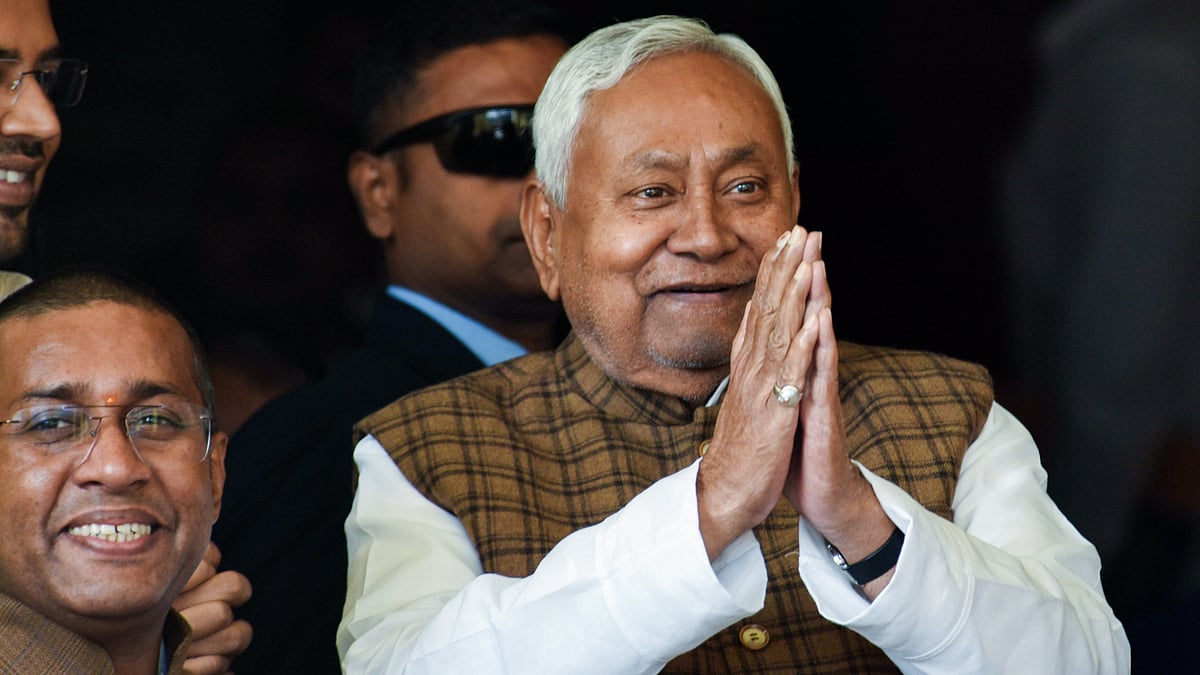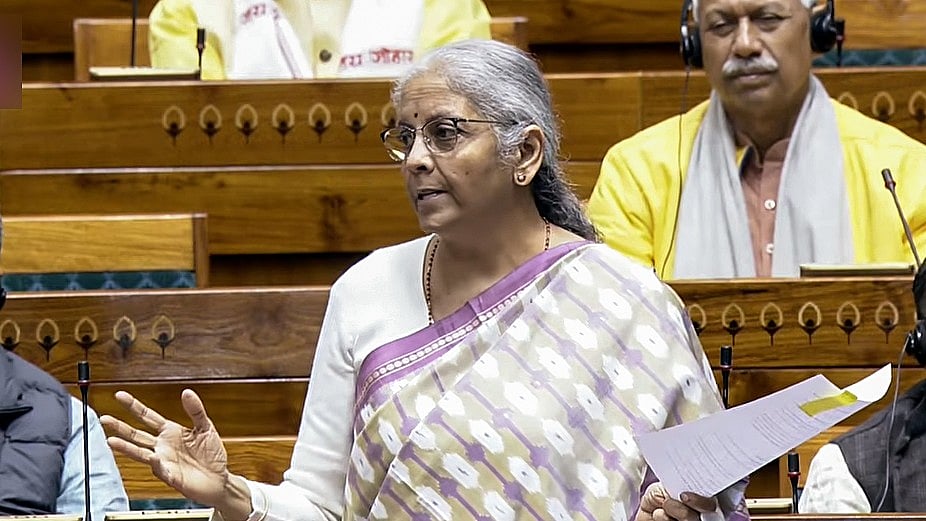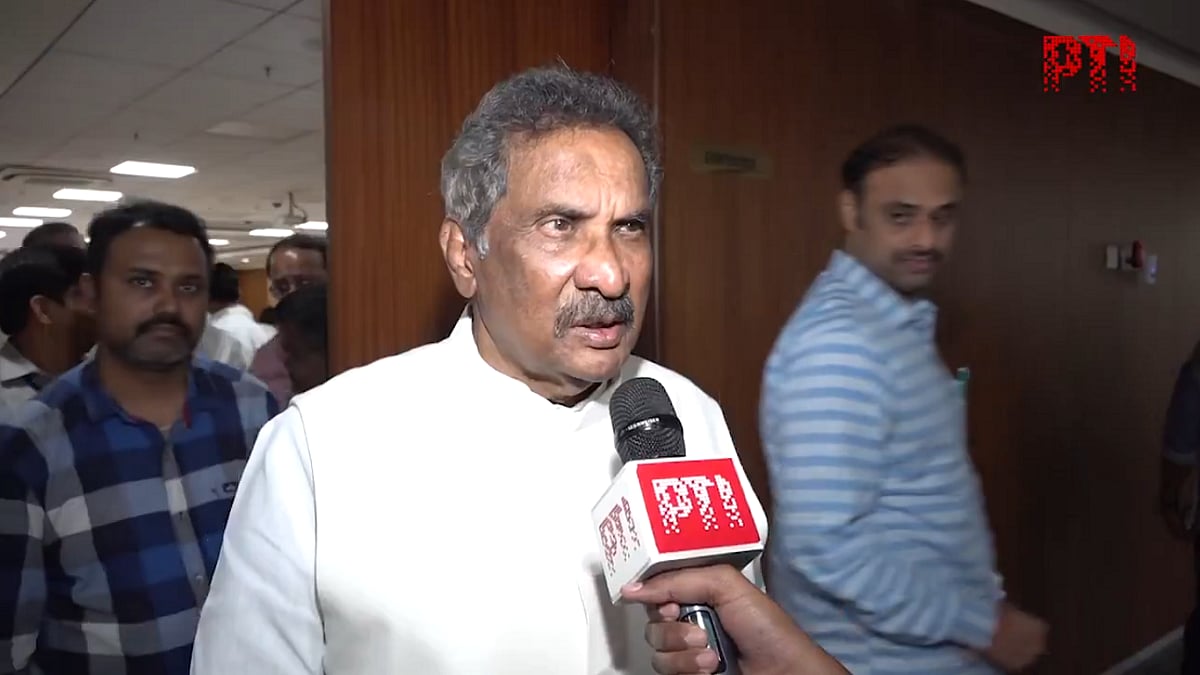The political landscape in Bihar is on the verge of a significant change, with many placing their bets on Chief Minister Nitish Kumar exiting from the ruling JD(U)-RJD-Congress alliance and returning to the NDA fold.
What once appeared to be a solid Mahagathbandhan is now teetering on the brink, as political activities pick up pace with separate meetings held by the RJD and JD(U), Congress, and BJP.
It has been said that the BJP sees this rift between the coalition government in Bihar as an opportunity, as it would be a win-win situation for them, boosting morale within the party and undermining the INDI Alliance.
The arithmetic
As far as the arithmetic is concerned, within the Bihar Assembly’s 243 seats, the RJD holds 79 MLAs, closely followed by the BJP with 78, the JD(U) with 45, the Congress with 19, the CPI (M-L) with 12, and two each for the CPI(M) and CPI. The Hindustani Awam Morcha (Secular) has four seats, the AIMIM holds one, and one seat is held by an independent legislator. Considering that HAM(S) is already with the BJP, the possibility arises for the JD(U) to join forces with the BJP and HAM(S), which would then easily replace the existing coalition government in the state.
What led to the rift between JDU and RJD?
While everyone is waiting for a significant move by Nitish Kumar in a day or two, let us understand the underlying reasons that pushed him towards taking such a decision ahead of the Lok Sabha elections in 2024.
Reports suggest that tension between the Janata Dal (United) and the Rashtriya Janata Dal has been simmering for some time, fueled by a series of incidents and disagreements.
The trigger for this crisis seems to be a combination of factors. Nitish Kumar's comments during the centenary celebrations of Karpoori Thakur, where he criticised dynastic rule, added fuel to the fire. Although Nitish did not explicitly name anyone, the RJD perceived it as a swipe at its leaders Lalu Prasad and Tejashwi Yadav. The social media post by Lalu's daughter Rohini Acharya made things worse, leading to further verbal clashes between the parties.
Many believe that the tension between JDU and RJU arose due to issues related to governance, RJD ministers making decisions without consulting the Chief Minister, and posters in November hailing Tejashwi Yadav as a "future Chief Minister."
Some reports even suggest that JD(U) and RJD relations worsened after Nitish Kumar became unhappy over the RJD’s refusal to let it have the 16 Lok Sabha seats it holds at present.
The strained relationship between Nitish Kumar and Deputy CM Tejashwi became evident during a recent Cabinet meeting where tension reportedly simmered. The refusal of Nitish Kumar to attend the January 30 Purnia rally of Congress leader Rahul Gandhi further intensified speculations. While the JD(U) attributed it to prior commitments, the move was interpreted as a sign of growing discord within the alliance.
BJP's two-pronged strategy
The BJP's two-pronged strategy—either JD(U) crossing over with BJP getting the CM post or a split in JD(U)—reveals the intricate dynamics currently at play in Bihar. For Kumar, if he switches over, this will be his fifth move to change camps. Starting from 2013, he has switched between the NDA and the Mahagathbandhan alliance. His most recent switch was in 2022, marking three years since he departed from the Grand Alliance to align with the NDA.
So while Bihar's political landscape is witnessing a significant churn, with the once formidable Mahagathbandhan alliance facing unprecedented challenges, Nitish Kumar's potential move and the ensuing political change will undoubtedly shape the state's political future and the prospects of the INDI Alliance in the lead-up to the 2024 Lok Sabha Polls.










